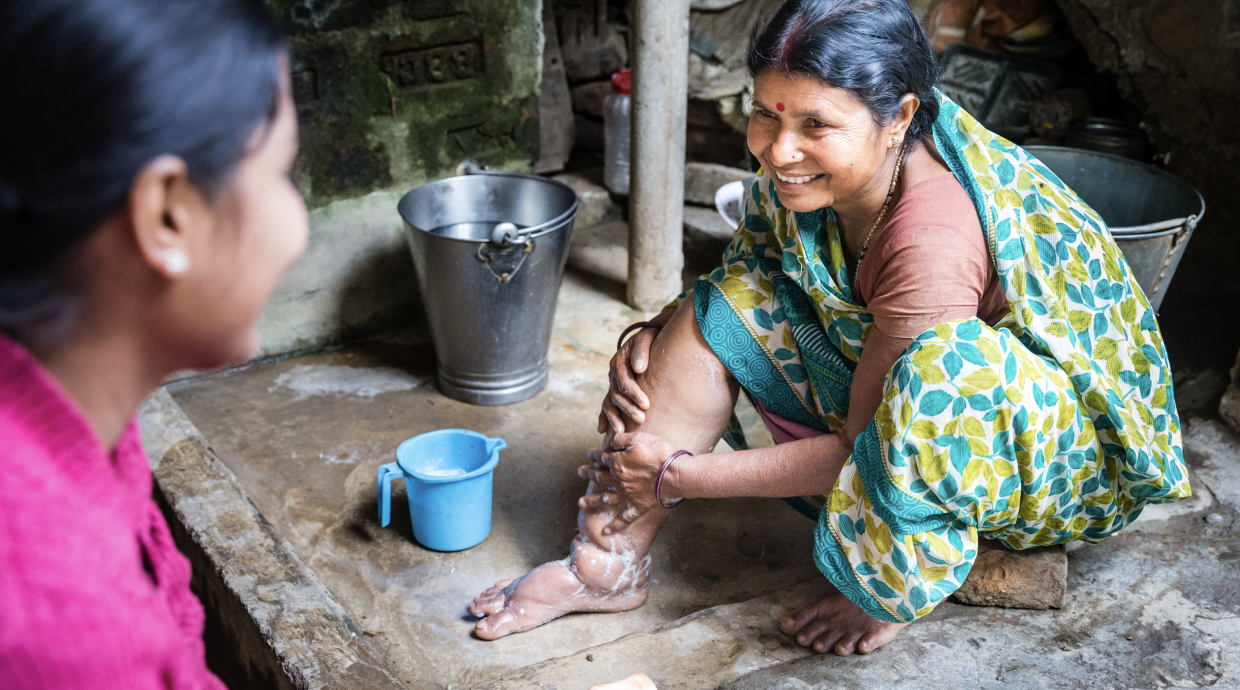What is Sleeping sickness?
Sleeping sickness (also known as human African trypanosomiasis) affects people in 31 countries in sub-Saharan Africa. Elimination programmes reported only ~800 new cases in 2022. Sleeping sickness is caused by an infection, with parasites transmitted to humans through the bites of infected tsetse flies. The disease manifests in two forms: chronic infection with Trypanosoma brucei gambiense (g-HAT) and acute infection with Trypanosoma brucei rhodesiense (r-HAT).
In the first stage, the parasites multiply in the body causing fever, headaches, joint pain and itching. In the second stage, the parasites invade the central nervous system and brain, leading to behavioural changes, confusion, poor coordination, and sensory as well as sleep disturbances (giving the name ‘sleeping sickness’). Without diagnosis and treatment, sleeping sickness is nearly universally fatal in humans.
Key stats
-
Over 60% of cases
were from Dem. Republic of the Congo
-
More than 90%
of reported cases are from T. brucei gambiense
